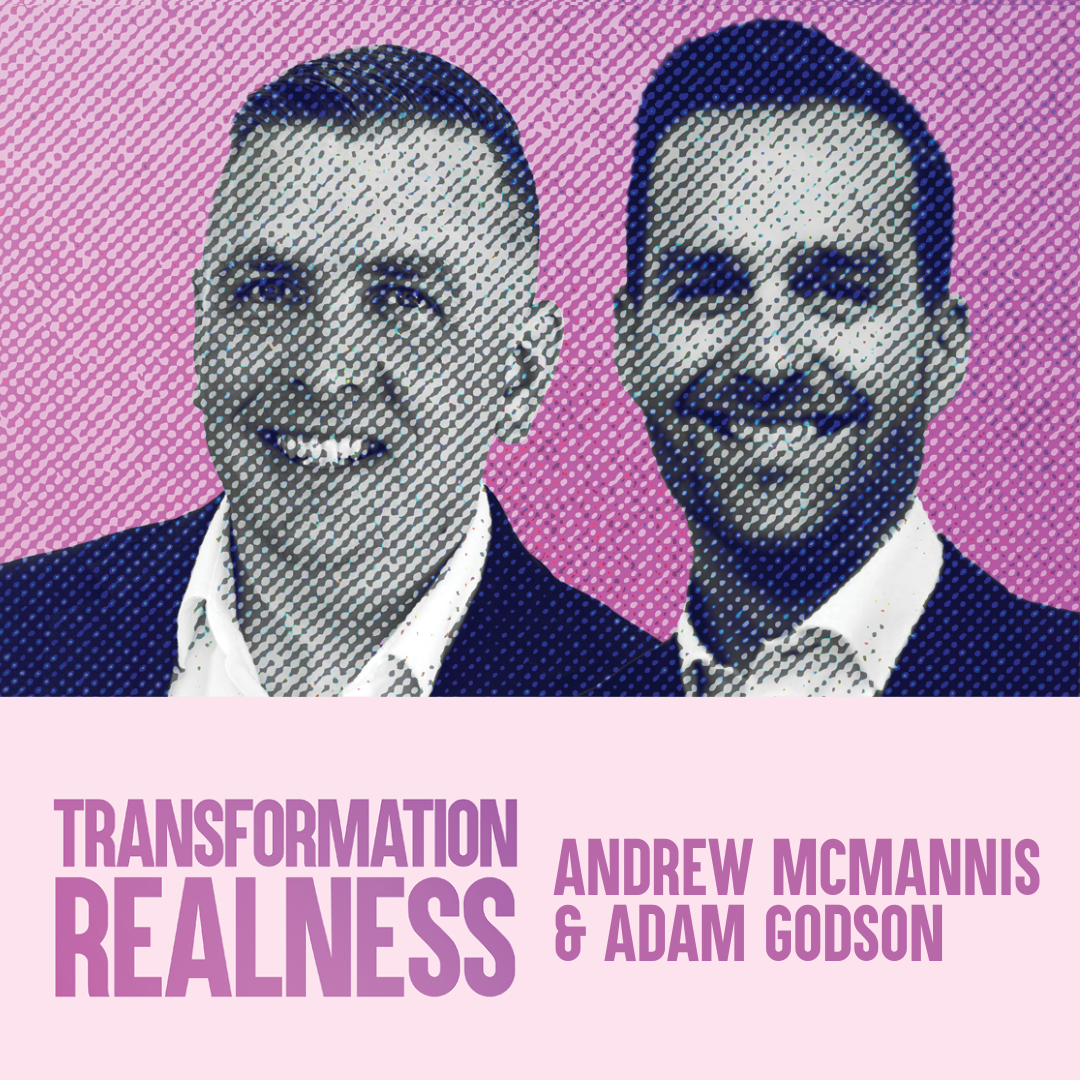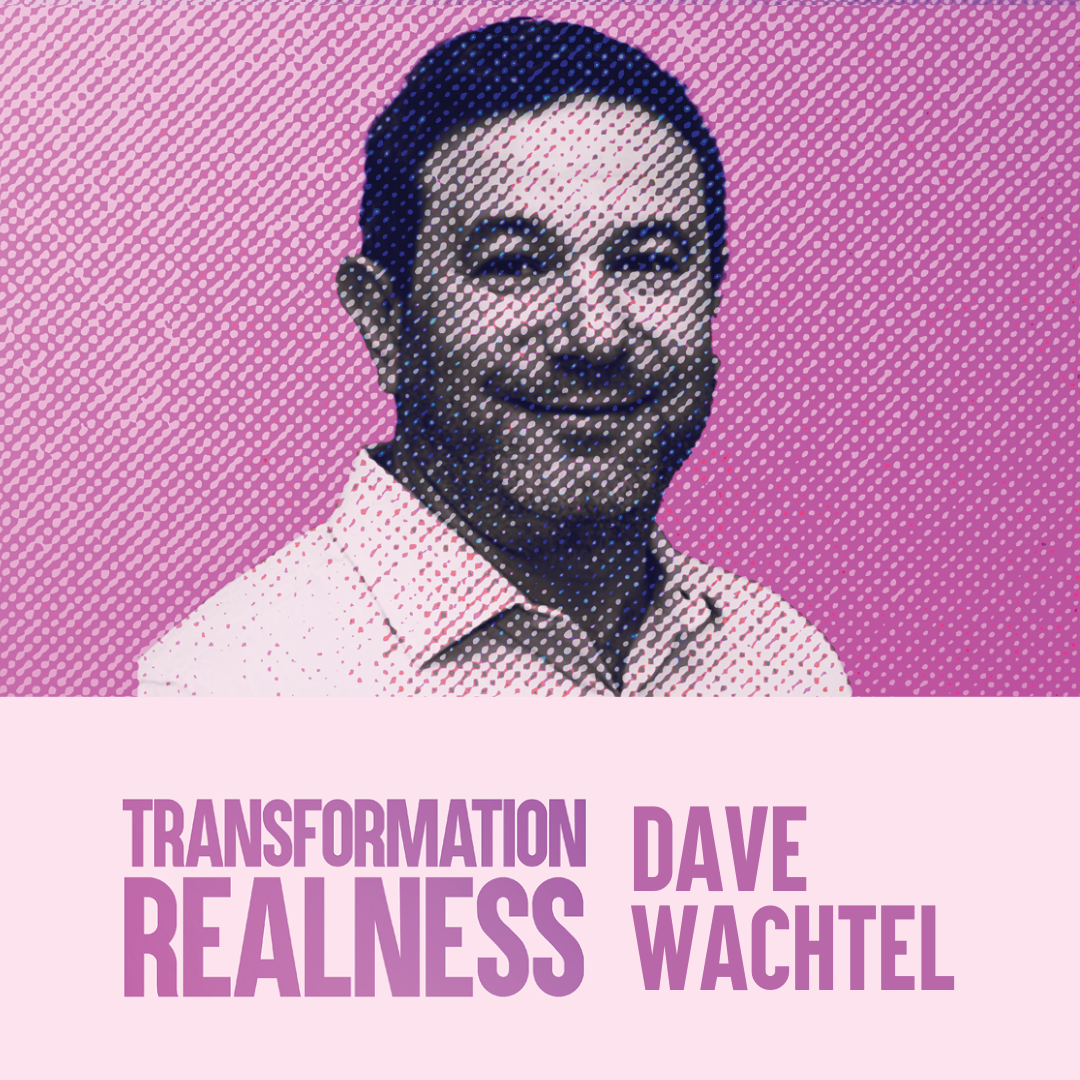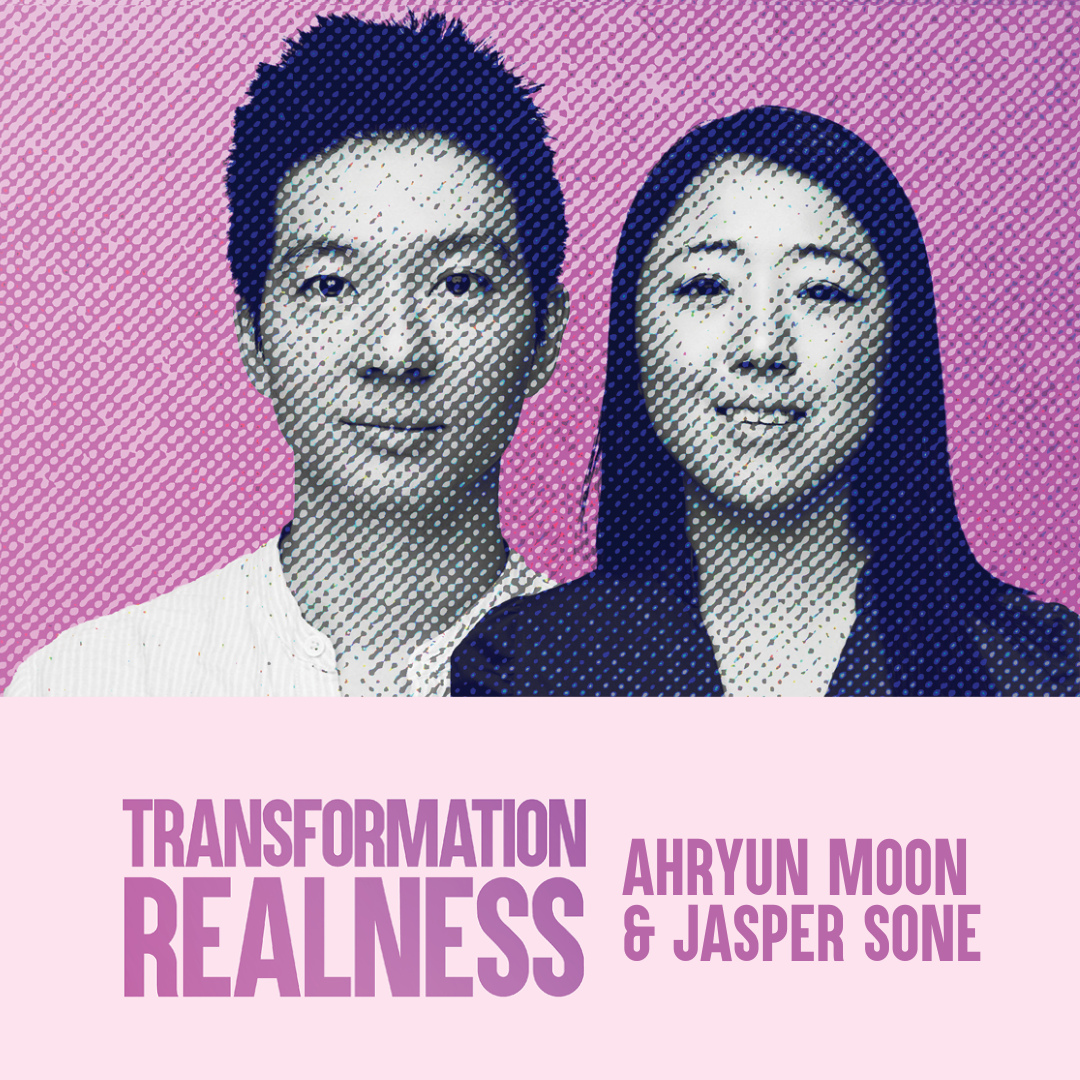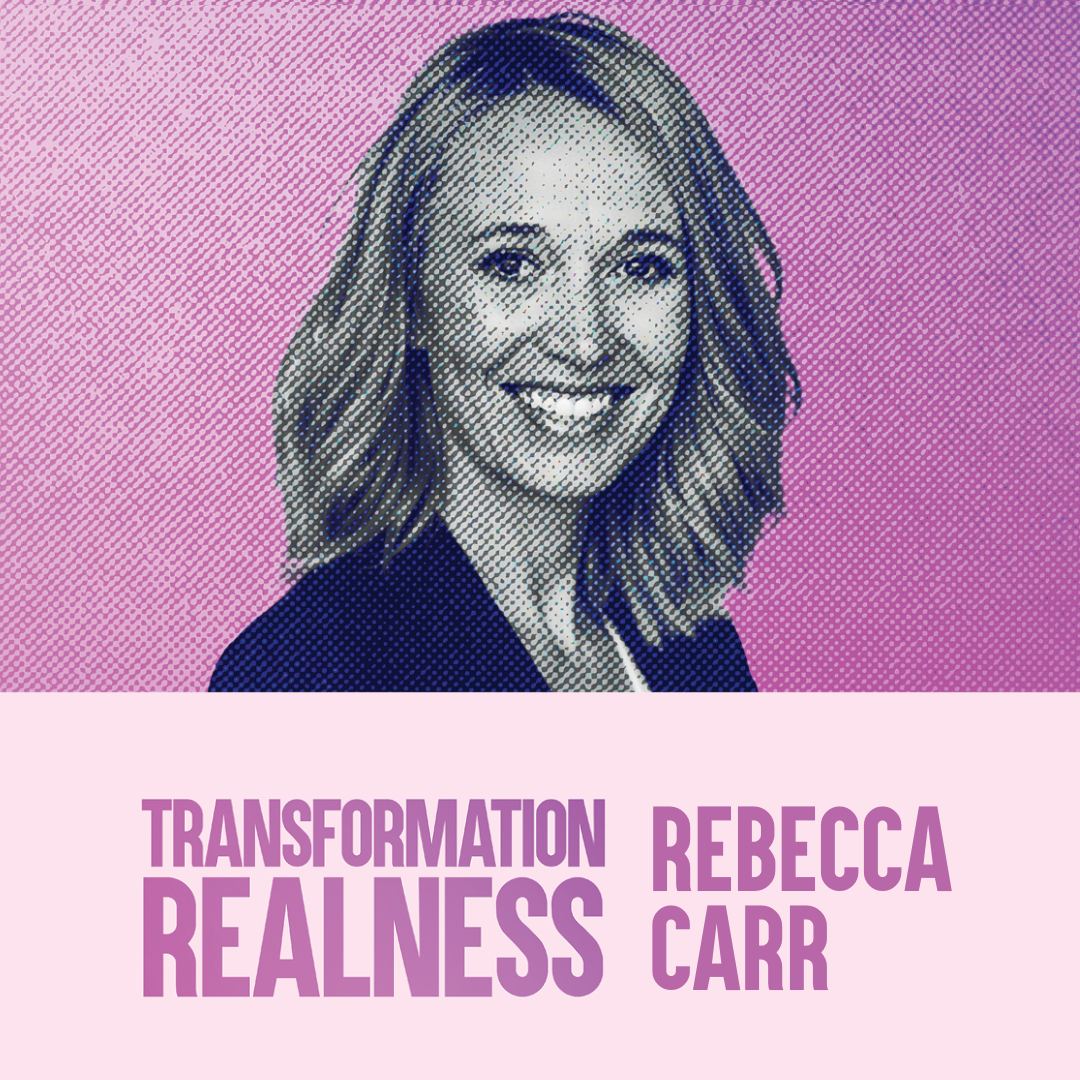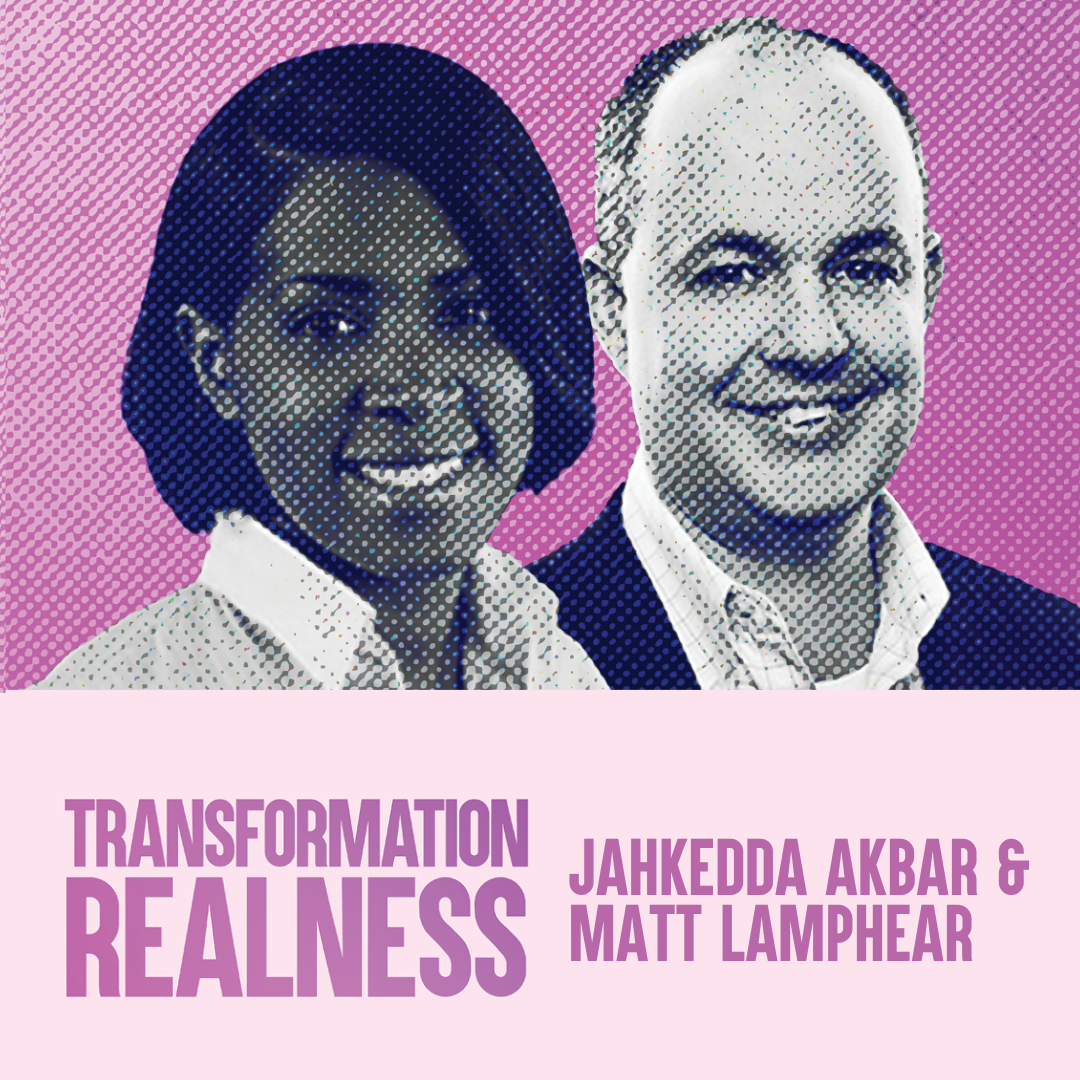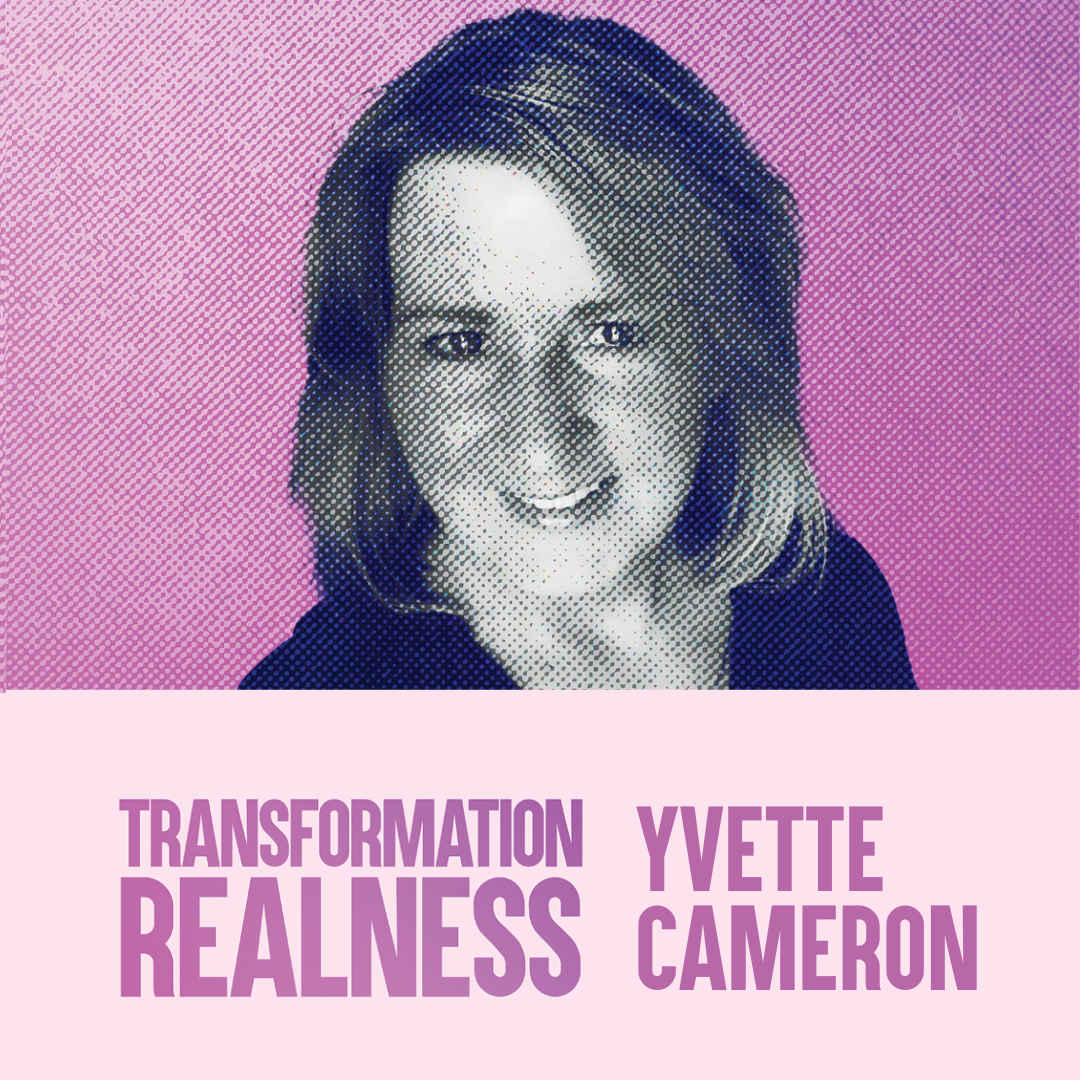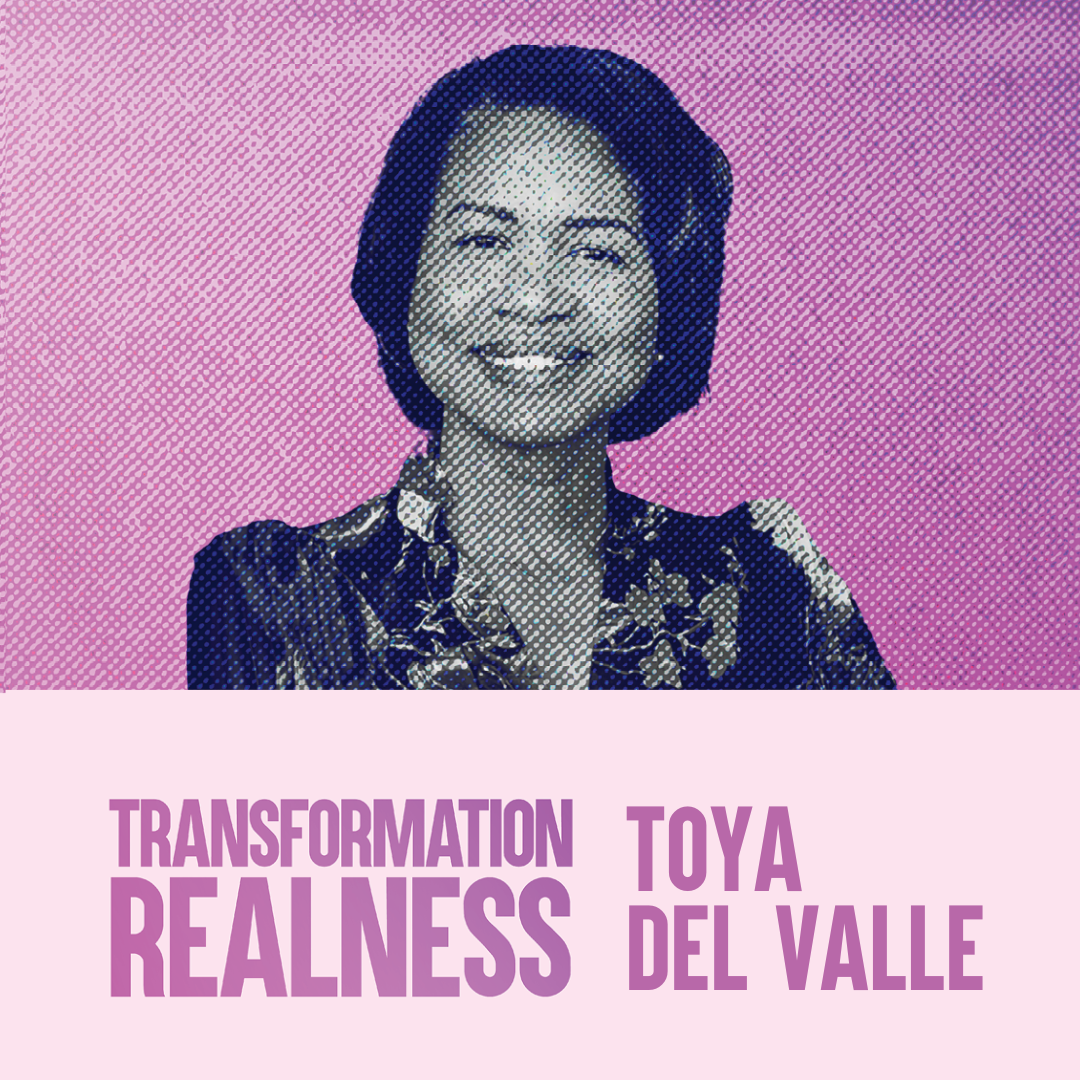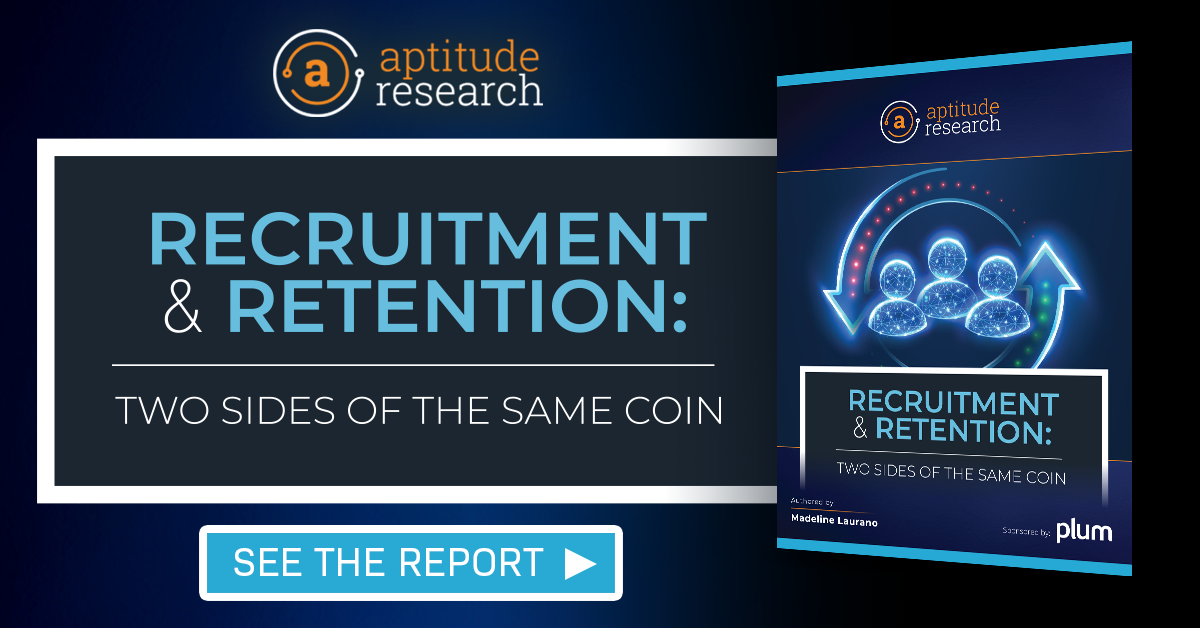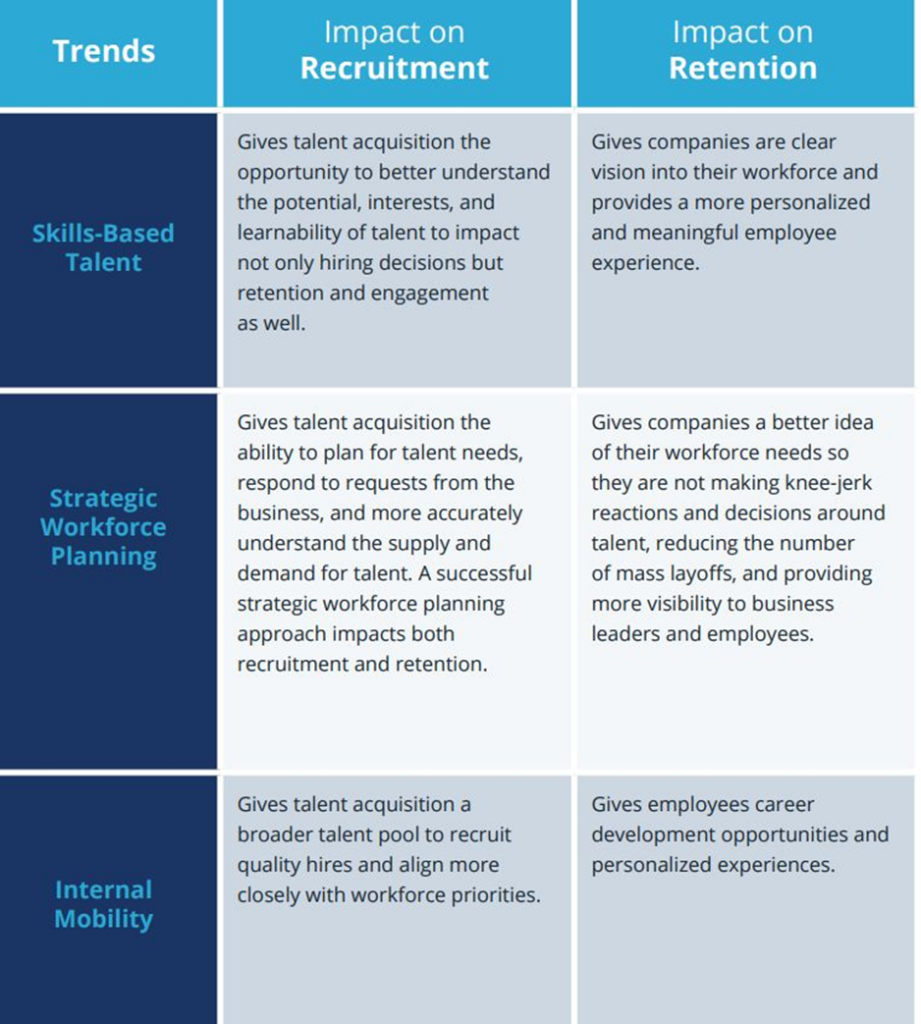Hello, my little blueberries! Today, we’re wrapping up the Built on Workday miniseries with an absolute banger of a conversation. I’m joined by Adam Godson, CEO of Paradox, and Andrew McMannis, Head of Workday Practice at Paradox, to talk about how AI-powered hiring is reshaping talent acquisition.
Interview scheduling, high-volume hiring, and frontline recruitment are still frustratingly outdated in many organizations. The experience is clunky and slow, not just for candidates, but for recruiters, hiring managers, and interviewers as well. Paradox is changing that by making hiring feel effortless, powered by AI that works in the background to remove bottlenecks.
In this episode, we discuss how AI-powered job interviews and scheduling are streamlining hiring, why Workday’s partner ecosystem is enabling better solutions, and how the shift toward software that “just works” is changing the way HR leaders think about technology. If you’ve ever struggled with hiring inefficiencies, this one’s for you.
AI That Gets Hiring Done Without Getting in Your Way
AI-powered job interviews and scheduling are transforming talent acquisition by eliminating unnecessary complexity. According to Adam, interview scheduling is one of the easiest, highest-ROI use cases for AI. “One of the questions I get asked a lot is, ‘Oh my gosh, AI is blowing my mind. It’s so confusing. Where do I start?’” he says. “And my easy answer is interview scheduling.”
Paradox’s AI automates interview coordination across complex hiring environments, handling everything from reminders and reschedules to coordinating multi-stage interviews. The results are clear. “We’ll schedule about 20 to 25 million interviews this year for clients around the world,” Adam says. In industries like retail, hospitality, and healthcare, where speed is everything, this kind of automation is essential.
Paradox doesn’t just facilitate speed, but also connection—and in that sense lives up to its name. “The paradox for which we’re named is that by buying software, you get to spend more time with people and not software,” Adam says. AI isn’t about replacing recruiters. AI handles the repetitive, time-consuming tasks so recruiters can focus on building relationships and making the right hires.
The key to making AI effective is keeping it simple. Instead of forcing recruiters to learn a new system, Paradox’s technology works within the tools they already use. It makes hiring seamless and effortless, without requiring recruiters to rethink their entire workflow.
Why Workday’s Partner Ecosystem Is a Game-Changer
In the past, large HCM platforms like Workday have been cautious about opening their ecosystems to outside partners. “Being in the Workday ecosystem for eight years, if you would’ve told me what Workday is doing to change their partner ecosystem, I would’ve given you a chuckle,” he says. But Workday’s new leadership is changing that, and Andrew sees this shift as a major opportunity. It’s a whole new era of collaboration.
Paradox was an early partner in Workday’s ecosystem, and the impact for customers has been significant. The integration allows recruiters and hiring managers to stay inside Workday, eliminating the need to juggle multiple systems. AI-driven hiring tasks, like scheduling and candidate follow-ups, run smoothly within Workday, removing friction from the hiring process.
Andrew emphasizes that Paradox isn’t trying to replace anyone’s system of record. “We want to be tech-agnostic,” he says. “We want to be that communication layer over top of your system of record, driving automation, focusing on real business goals and objectives.” Too often, companies implement AI tools that don’t sync properly with their core HR systems, creating more complexity instead of solving problems. Paradox’s deep Workday integration guarantees that AI solutions work harmoniously with existing data models, keeping everything in sync while delivering real automation.
For Workday customers, this means faster implementations, smoother hiring processes and fewer disruptions. The ultimate goal is to make AI-powered hiring feel seamless, keeping recruiters focused on hiring instead of navigating multiple platforms.
The Future of HR Tech: AI That Works Without the Interface
For years, HR tech companies have focused on building better user interfaces. But according to Adam, the real innovation isn’t in making people spend more time clicking around in software systems—it’s in making sure they don’t have to. “I want to measure the work that gets done and the time that you aren’t logging into the systems,” he says. “We actually measure that as a negative when people have to spend time clicking in systems.”
Instead of requiring recruiters to interact with yet another dashboard, Paradox’s AI works in the background. Interview scheduling, reminders, and candidate communication happen automatically. Recruiters don’t need to log into a new platform; they simply get notified when tasks are complete. The goal is to eliminate friction, making hiring feel seamless for both candidates and recruiters.
The impact goes beyond just efficiency. One Paradox customer, a company hiring skilled trade workers, saw an additional $30 million in revenue simply because they were fully staffed. Adam points out that hiring isn’t just about filling roles—it’s about driving real business outcomes. “That was one of the first times where you heard TA drive revenue, not cost savings.”
The future of HR tech won’t be about flashy interfaces. It will be about AI that works quietly, behind the scenes, to make hiring faster, smoother, and less frustrating. Companies that embrace this mindset will see hiring become a competitive advantage rather than a bottleneck.
People in This Episode
Transcript
Kyle Lagunas:
Hello, my little blueberries. Welcome back to Transformation Realness, the only show all about people who are doing their best to make the world of work less shitty, and have the guts to share their story: the good, the bad, and most of all, the real.
This podcast is produced in partnership with Rep Cap and hosted by yours truly, your ever charming and razor sharp guide to the world of workplace transformation, Kyle Lagunas, Head of Strategy and Principal Analyst at Aptitude Research, the leading boutique research firm covering HR, tech and transformation. Get into it.
Today’s episode marks the final installment of Built On Workday: The Birth of the New HR Tech Ecosystem. And I hope you’ve enjoyed things so far because today’s conversation is bussin’… because we’re on Workday’s Forever Forward bus?
Anyway, we’re diving into a conversation that combines the power of conversational AI with the boldness of NextGen partnerships. I’m sitting down with Adam Godson, CEO of Paradox, and Andrew McMannis who leads their Workday practice. We talk about how their tools are revolutionizing talent acquisition.
We’ll unpack why conversational AI isn’t just a buzzword—it’s a game changer for high volume hiring, interview scheduling and delivering seamless, as they call it, “invisible” software that works wherever you are. Plus, we’re going to dig into how the Workday partner ecosystem is enabling this kind of innovation at scale.
Spoiler alert! It’s not just about keeping up, it’s about transforming how work gets done. Check it out.
Hello, my little blueberries. Welcome back to an extremely special episode of Transformation Realness. I’m coming to you live from a bus. Yes, actually a full bus that has a state-of-the-art podcasting studio in it. It’s provided by Workday and I’m literally gooped and gagged because this is kind of crazy.
I’m sitting with two illustrious gentlemen in our industry, one who I call a deep and personal friend, and another whom I have met and I’m falling head over heels for. I hope you don’t mind my saying it.
Andrew McMannis:
No, it’s all right.
Kyle Lagunas:
That’s good. There’s just a lot of love in this industry. A lot of love.
Boys, would you please introduce yourselves?
Adam Godson:
Absolutely. Kyle, thanks so much for having us. I’m Adam Godson, I’m the CEO of Paradox. Great to be with you.
Kyle Lagunas:
Heard of it.
Adam Godson:
Yeah?
Andrew McMannis:
And I’m Andrew McMannis, so I lead our Workday practice at Paradox.
Kyle Lagunas:
Okay, cool. Well, so I invited you guys to come and talk to me today A) because I love you, but B) because here we are on the Workday bus. Adam, you and I have been in the HR tech space for a long time. Andrew, you have as well. And you know that a lot of these major HCMs for a long time, they were extremely protective of their install base. They were extremely protective of their product.
And Workday itself has always been very intentional, but I think also very cautiously engaging the ecosystem. Well now under Carl’s new leadership, the partnership program has really taken off. You guys were an early partner and I really want to talk about what—for those that don’t know what Paradox is doing, but also haven’t checked in with Paradox in a minute—because you’re blowing my mind with everything that you’re doing.
I want to talk about who you guys are and what you do. Then I do want to come over and talk about like, “All right, well what are we uniquely getting for Workday customers that have this engagement Built On Workday?”
Adam Godson:
I love that. Paradox is conversational AI for talent acquisition. And that is, especially-
Kyle Lagunas:
For now.
Adam Godson:
For now. That is a specialization in often high-volume recruitment.
And so people that are high-velocity roles that oftentimes work for a wage for a living and work on their feet, in restaurants, retailers, people like that. And through SMS, through messaging, through conversational AI, having an extremely fast process both standalone and on top of Workday and bringing new life and ease for the candidates and results to those systems.
We also do a tremendous amount of interview scheduling. And so for clients around the world, that’s another core product for us is to schedule all the complex interviews. So being able to give those recruiters an assistant that can do that administrative work. And the paradox for which we’re named is that by buying software, you get to spend more time with people and not software.
Kyle Lagunas:
What?
Adam Godson:
Yeah, right? That’s how it works. That’s how it works.
Kyle Lagunas:
That sounds absolutely transformational.
Adam Godson:
It is, it is. But for us, that’s one of the very concrete ways. One of the questions I get asked a lot is, “Oh my gosh, AI is blowing my mind. It’s so confusing. Where do I start?”
And my easy answer is interview scheduling. It’s one of those concrete things where conversational AI is the right tool to be able to text a candidate and then be able to answer their questions as they get the reminder texts. Being able to look at calendars, do the calendar Tetris in that, reschedule it. We’ll schedule about 20 to 25 million interviews this year for clients around the world.
And so those patterns are well-worn, but it’s just an easy high ROI first use case of where to start with AI.
Kyle Lagunas:
Stay humble, fam, call me when you get to a billion.
Adam Godson:
Okay.
Kyle Lagunas:
All right. Done.
Adam Godson:
Yeah, let’s go, done.
Kyle Lagunas:
Shoot for the moon, baby. No, that’s super exciting. And honestly, you and I had known each other for a long time and you’ve been playing with tools in the talent space for a long while, with your past role at Cielo.
And also, you are being humble. You’ve named two products that you’re known for. I came to your cab event in the spring and I could not believe how much product has been built. And I know that no man is an island, you haven’t done this all yourself overnight. You have a family, wife and kids that like to see you.
But literally, Paradox has rapidly accelerated its innovation strategy. You have built a ton of new applications and features and I think it’s super cool. You have these core businesses where you are delivering consistent value, freeing up those recruiting teams, but also hiring managers and interviewers. Making this really low friction, high touch for them, empowering, enabling you to go and also do some other really cool stuff.
Adam Godson:
Sure. And for us, it was in some ways an early moment. It was in 2016, we saw conversational AI as was going to be the new UI and that was going to be a transformational technology. And stuff was kind of clunky then. You’d call it a chatbot and sometimes it wasn’t glorious.
Kyle Lagunas:
Tell Watson.
Adam Godson:
Right, it was going to change the world. Right? But staying true to the vision and then the technology coming along and now people look at it-
Kyle Lagunas:
And customers pulling you into more and more problems.
Adam Godson:
… Absolutely. And in those days when we said we want to make invisible software, people looked at you like you had two heads. Like, “Why the hell would you do that?” And now people are like, “It’s very clear. Chat interfaces and voice interfaces, conversation is the new UI even in the enterprise.”
And we were lucky enough to have built an architectural system that began with that. So we’ve got a nice head start to think about how we can make all the different applications. And then listening to our clients, one of the things about us is extreme client centricity, and so understanding what challenges they face and what new problems we can solve, staying true to that core value around solving client challenges with conversational AI.
Kyle Lagunas:
Well, I love to hear it. I’ve actually experienced it. I’ve been a customer of yours, I’ve been a partner of yours and now I’m just a big fan. You make it hard to be industry agnostic, but I still am industry agnostic, believe it or not
Adam Godson:
You are, yes.
Kyle Lagunas:
And by the way, Paradox is not paying me to do this interview right now.
Adam Godson:
That’s true. We aren’t. Thank you, Kyle.
Kyle Lagunas:
Thank you.
Andrew, I want to come over to you because you have been an ecosystem guy for a long time. This has been a part of your function. Do you have any point of view on, yeah, Paradox has been innovating and delivering new features and functionality within its own world of applications. But you’re also known for being able to work with pretty much any ATS and HCM out there. Have you seen this kind of thing before? How does this help you in your job?
Andrew McMannis:
So I’ve been in the partnership ecosystem in Workday specifically for the past eight years, but I was also supporting other partners. So I actually came from ADP, so I was at ADP for 10 years.
Kyle Lagunas:
How do you spell that?
Andrew McMannis:
ADP. And that’s where really it was ADP partners with everybody. They partner with SAP, they partner with Oracle, they partner with Infor, Lawson and Microsoft Sage, et cetera. So really having that industry agnostic and system agnostic has, from a partner strategy perspective, really allowed us to continue to grow and innovate.
And really being able to lean in very closely with Workday. Me being in the Workday ecosystem for eight years, if you would’ve told me what Workday is doing to change their partner ecosystem, I would’ve given you a chuckle at that time. And as we fast-forward where we are now, seeing Carl get up on stage at the keynote and rising, talking about their investment-
Kyle Lagunas:
We’re very good personal friends by the way.
Andrew McMannis:
… Hey, he’s got a very easy email.
Kyle Lagunas:
Hey Carly. Hi Carl.
Andrew McMannis:
He’s got a very easy email. It’s just carl@workday.com, so hey.
Kyle Lagunas:
I already knew that.
Andrew McMannis:
Yeah.
Kyle Lagunas:
I didn’t. But you know what I mean? I don’t know if people will realize how big of a … This is a big change and I do see it as a different kind of market leadership. It’s not just …
Adam Godson:
And I see partner ecosystems as a reflection of client centricity of not having the sometimes ego or self-interest to say we’re going to build everything, even if it’s substandard. Or we’re going to box others out that have better products. And for me, there have been times-
Kyle Lagunas:
Or we’re going to build it just to get more wallet share.
Adam Godson:
… Exactly, right? And there’ve been times in my career, people have said, are you really going to integrate with someone that might seem as a competitor?
Kyle Lagunas:
Yeah.
Adam Godson:
Absolutely, because it’s the client centric thing to do. I can’t imagine going to a client and saying, like, “Oh, I’m not going to help you solve your business problem because I have a rivalry with that person.”
… So I think it’s for Workday especially, reflective of, we can’t build everything. We are a platform now. We’re bigger now. And to say, “We’re going to do right by our clients by creating an ecosystem that is built on trust and built on the right kind of partners that they want in that ecosystem for their clients.
Kyle Lagunas:
Yeah, I feel very strongly about who’s going to stay in the market and it’s been really rough out there. I’m sure you guys have even seen a little bit of impact as the markets constrict. But I do feel passionately, as an industry analyst watching all these players, and there’s a lot of noise out there, a lot of good ideas, people struggling to deliver, to stay on the board. The ones that are winning are customer obsessed.
Nothing matters more than bringing value to our customers. And it’s not just a little talk track; it is a core part of the ethos. And honestly, Adam, I want to pat ourselves on the back. I feel like the new generation of leadership in this space, we are lower ego about these things, because we’ve struggled with it.
When you’re at Cielo, look, you guys have, were RPO. You were working with literally every single product under the sun and you also had built a proprietary operating layer. You’re like, “Look, I’m not going to sell this software and displace you ATS. That’s already existing in my client account. This is my operating layer. I need it to work.” But you know what I mean? What is this? The cultural paradigm is shifting.
Adam Godson:
I would agree with that.
Kyle Lagunas:
It needs to.
Adam Godson:
It does. It’s a client centric environment and I don’t really know any other way to be. To operate-
Kyle Lagunas:
I know, that’s why we’re friends.
Adam Godson:
… in that way, to think about the client first. And I see that reflected in some other industry folks, folks in the industry as well, and I think it’s how the industry continues to innovate and continues to … And those are the folks that are going to be here for the next generation too.
Kyle Lagunas:
Yeah. Well, I think the other thing that is driving leadership in the market, this is probably the fourth conversation I’ve had, and this is the second day of HR tech where the concept of interface agnostic technology is really coming up.
So as an industry analyst, I’ve been sitting through a lot of briefings, a lot of analyst days. For the last 10 years, UI and UX were always big things like, “Oh, how user-friendly is it?” Like, “Oh, there’s got a really fresh user interface.”
We were obsessed with trying to get everybody into our application, logging in to our application and using it. When I was running a CRM program at General Motors, I was running reports on how many people were logging into my CRM. Well, not a lot are.
But then I shifted the story and said, “How many are utilizing this program?” And so I really want to hear… This is an early philosophy for you guys, but I think you are ahead of the market here. What are you seeing in this current environment of just like, “I don’t care if you log in, you’re going to use me. We’re going to enable you wherever you are.”
Adam Godson:
It’s an interesting philosophical change for many people. You mentioned some of that. My product managers, a traditional way to measure your success is product utilization. And we actually bend that backwards to say, “I actually don’t want people to spend time in my product. I want Olivia, our persona, to help get work done.”
And so I want to measure the work that gets done and the time that you aren’t logging into the systems. We actually measure that as a negative when people have to spend time clicking in systems. And yes, we’ve got a nice UI, but it is also the interoperability of systems through integrations.
I’ll give you an example. In Workday, we want folks to be in Workday in the flow of work, and when we schedule the millions of interviews, it’s through that workflow. They simply operate in Workday and say, “Olivia, go schedule the interview.” Olivia gets the information and that’s the only thing that they do. Olivia does the work and tells you when it’s done and that in the flow of work-
Kyle Lagunas:
She’s a gem.
Adam Godson:
… Right?
Kyle Lagunas:
I love Olivia.
Adam Godson:
Getting work done is what it’s all about.
Kyle Lagunas:
Yeah. I do really like that, especially if we keep this tied to the customer-centric approach. Your customers don’t care, babe. They really do not need to log into your app and then go and log into this one.
Adam Godson:
Well, they’re confused. They want to spend their time in one place.
Kyle Lagunas:
They just want to get good work done.
Adam Godson:
And all of us. In some ways, we all overdid it in 2021 when the pressure was on, everyone bought tools, didn’t think about the experience. And recruiters were like, “Well, I have seven tabs open all day long, flipping between them.” And so that experience is really important.
Kyle Lagunas:
Well, I’ll tell you what, so I sat in a session yesterday with two of your customers, Compass Group and Marriott, and would you believe those two TA leaders, they weren’t talking about the chat interface. They weren’t talking about logging into this. They were talking about their business impact.
It’s my show, I can say this. It was fucking cool. Honestly, as a former practitioner to be up there and they know their shit, and front to back and I can’t help but think that a big part of that is I just have things that work. So I am actually focused on the things that only I can do, which is run my TA team as efficiently and effectively as possible.
And I was texting JZ, your all’s head of marketing and I was like, “Josh, this is a dream. This is what you want. Your clients out there saying this.” And I actually don’t even think that both of them were Workday clients customers, you’re delivering this value everywhere.
Adam Godson:
And just the ability to get the results and then have our clients tell those stories is amazing. I think what’s one of the takeaways from COVID is that especially in the frontline workforce, there’s so much deeper connection to the business. We’re all at restaurants where there was tables hanging around but no staff and places were closed. And so companies really internalize that frontline workers drive business value.
Kyle Lagunas:
Essential workers.
Adam Godson:
The essential workers, they really are. One of our clients, for example, hires plumbers, electricians, those types of folks, and they use Paradox to do that. The first year they drew 30 million more in revenue based on being fully staffed with plumbers, electricians and skilled workers. And that was one of the first times where you heard TA drive revenue, not cost savings, not some BS time to-
Kyle Lagunas:
Cost avoidance.
Adam Godson:
… hire, whatever candidate experience stat.
Kyle Lagunas:
Moving our own little precious KPIs the business don’t give a shit about.
Adam Godson:
They drove revenue. And I think you hear lots of folks driving cost savings and driving speed-to-business value. I think our progressive leaders in this space have turned the corner and COVID helped them accelerate that to being great business people, not great talent acquisition.
Kyle Lagunas:
Oh, it’s badass. I literally took a picture, I was like, “Look at these baddies on stage.” All right, all right, well let’s come over to Workday because honestly again, this is a really big moment.
Adam Godson:
We are in the bus.
Kyle Lagunas:
We are in the bus.
Andrew McMannis:
We’re in the bus.
Kyle Lagunas:
But yeah, I do want to talk about what is unique. We’ve talked about you can bring a lot of value to a lot of different players. But what is unique here for a Workday customer if they think, “All right, well there’s a lot of conversational AI features and players out there. Why does Paradox saying that we are a partner? Why does that matter to me? What am I going to get out of that?”
Andrew McMannis:
Yeah, so it’s really what we’ve kind of talked about already is keeping the user in one system. So when we think about product strategy and integration strategy as we work with Workday, we centralize it around the user. So the recruiter, the hiring manager, that team, living and spending 100% of their time inside of Workday… Well I’ll say about 99% of their time inside of Workday.
Kyle Lagunas:
They have to sleep.
Andrew McMannis:
They do, yeah. So 99% of their working day. And in that 1% where there isn’t something available inside of Workday, we make it easy for that user to access the Paradox system in a very picture-in-picture environment. So they’re not toggling between screens, they’re not having the seven-tab problem that you were talking about, Adam.
So it’s really keeping that recruiter centralized in there and also living off of the Workday data model. So one of the things that’s uniquely different about Paradox is we recognize we’re never going to replace your system.
We want to be tech-agnostic. We want to be that communication layer over top of your system of record, driving automation, focusing on real business goals and objectives. But deeply integrating with your system and not making you build two different system of records. Because I think we’ve all been in the space for a long time. Everybody went out and bought a CRM, they bought these different tools. They get out of sync of your system of record very quickly.
Kyle Lagunas:
Oh, very quickly.
Andrew McMannis:
And that’s where we look and living and keeping that single data model inside of Workday that you build something once inside of Workday. And then we’ll drive automation on top of that as candidates progress through the process.
Kyle Lagunas:
Which is I think super important for a lot of the key workflows that you guys support, they have to be on the same page. We have to know what this is over here and it has to look exactly, built exactly the same over here in your system. Otherwise, it’s going to get friction really quickly and you’re running at scale. You guys are running a lot of interactions.
Adam Godson:
Massive scale, the real-time nature, that’s really important. It can’t be a batch process, especially with chat. It’s got to be-
Kyle Lagunas:
Just imagine if a conversation was an hour gap.
Adam Godson:
It’s insane. But on Workday, certified integrations are a big deal to be able to certify those, have the trust of our clients.
Kyle Lagunas:
How quickly can you turn on a new Workday client once you’ve mapped out the processes?
Andrew McMannis:
We’re at about probably about 16 weeks now at this point. And that’s been really leaning into the certified integrations as well as some of the things that Workday is now rolling out to the Workday partners with the Built on program, being able to start to utilize Extend and orchestrate in different ways. That timeline is just going to get smaller and smaller as those features functionalities get brought out to the partners.
Kyle Lagunas:
But what about once you’ve designed the solution and you’re ready to flip the switch to turn it on.
Adam Godson:
It really is down to days and he would give-
Kyle Lagunas:
I’m like, “No, babe, it’s not weeks.” I know it’s not weeks.
Adam Godson:
I’m thinking about enterprise scale and other things. It takes a lot of work on our practitioner end, mostly to rationalize their own organizations. How do they do the design? How do they herd the cats?
Kyle Lagunas:
After being on solution design, myself, I know-
Adam Godson:
I know you know.
Kyle Lagunas:
… It’s kind of embarrassing us just talking back and forth while your precious solutions consultant just sat there and watched us waffle.
Adam Godson:
What’s different is then with the certified integrations, the actual build of that is really standardized. And being able to have those well-worn roads to do that again and again takes the mystery out of that.
And then for us, the other really important part about our partnership with Workday is working with the product team to understand what’s coming so we can complement to solve client challenges. So we can be great at certain things-
Kyle Lagunas:
And minimize disruption.
Adam Godson:
… And we can be great at things that they don’t have to invest and spend time in because we’ve already been great at that. And it’s a great partner strategy that fits into Carl’s vision versus other ways that we might bump into each other and we can talk that out and figure out how we’ll work together on things. So it’s been really important that way too.
Kyle Lagunas:
Yeah, look, I think it’s proving to be a really critical success factor for these partnerships too, is being comfortable with the co-opetition, comfortable with overlap.
And I think maybe your experience, Adam, and you were talking about … I’m sure you’ve sold into and delivered into talent applications that might have a conversational or might have an interview scheduling? There’s a lot of product overlap in this space you’ve got to be comfortable with. I’m literally not here to eat your lunch, bro.
Adam Godson:
Right, right. That really just comes down to good communication and then foundational trust.
Kyle Lagunas:
Yeah. How often are you meeting with the team manager? Are you the one that’s keeping us honest here?
Andrew McMannis:
Yeah, yeah. Everybody at Paradox probably jokes that I should have a Workday email at this rate given how often I’m working with the Workday team. So whether it’s the product team, as we’re talking about the future, the vision of where Paradox and Workday is going together, they also acquired this small company HiredScore that’s in the talent acquisition space that’s changing everything.
Kyle Lagunas:
I was specifically told that wasn’t a very big deal, the acquisition. And I would just like to take this moment to say, “You’re wrong.”
Andrew McMannis:
100%. And that’s where just talking about what is the strategy of Paradox, HiredScore and Workday in this Workday ecosystem?
Kyle Lagunas:
Well, look at all my friends getting along.
Andrew McMannis:
Exactly.
Adam Godson:
It is, and for us, HiredScore is one of our deepest partners, back to 2017 and starting to do early deals. And just a great team, couldn’t be happier for Athena and Jason, and that’s the foundation of trust.
And we’ve got mutual clients from years and years ago and now new mutual clients and being able to have good communication, to create this triangle where we can solve real challenges in a way that gives people confidence because there are dozens or hundreds of other clients doing it and we can solve that.
Kyle Lagunas:
There’s clarity, there’s stability, there’s cooperation, collaboration. These are the things that we need.
I don’t want to take credit for this, but I do want to say that I think it was 2016, I had a dinner with Brandy Pond at Workday, Athena Karp at HiredScore and Josh Zywien.
Andrew McMannis:
Oh.
Kyle Lagunas:
I think that’s his last name?
Andrew McMannis:
Here we go.
Adam Godson:
All right.
Kyle Lagunas:
And I was like, “We should be friends, you guys.” And look at us now. I know, right? You’re welcome and you are welcome to sponsor this podcast anytime you want.
Adam Godson:
Kyle, what a connector. Paradox bus next year?
Kyle Lagunas:
Yeah, 100%.
Andrew McMannis:
Let’s do it.
Kyle Lagunas:
I mean… Paradox bus? Babe-
Andrew McMannis:
Yeah, let’s go.
Kyle Lagunas:
Paradox PJ, let’s fly around. Talk about frictionless. What better way to be frictionless than in the air?
Andrew McMannis:
That is true. That is true. We’ll do a podcast with you.
Kyle Lagunas:
All right, well thanks for yucking it up with me a little bit, but also for sharing with me. Honestly, I hope that people can hear how passionate we are about this. I love solving these problems, especially when we have people like you out there that are helping us solve them too.
Adam Godson:
Thank you so much. It was a great conversation. We love talking to you about it.
Kyle Lagunas:
Thanks. And we let Andrew jump in every once in a while.
Andrew McMannis:
Hey.
Adam Godson:
We did.
Andrew McMannis:
Of course, it’s all good. I’m here for my part.
Kyle Lagunas:
He was here to laugh at our jokes.
Adam Godson:
That was true. That’s true. Thanks for having us on the bus.
Kyle Lagunas:
Well, that is all the time we have for today, ladies and gentlemen. Not just for this episode of Transformation Realness, but it’s also the final episode of our Built On Workday miniseries. I have to say this has been an absolute ride, literally and also figuratively.
If you want to see me in all my bus-bound glory, and you do, head over to the Transformation Realness YouTube page for the full interviews and don’t forget to like and subscribe.
A massive thank you to Adam Godson and Andrew McMannis from Paradox for rounding out the series with such insightful and forward-thinking conversations. Here’s what I am walking away with. Conversational AI isn’t just about being flashy or trendy. It’s about real business impact. Whether it’s scheduling millions of interviews effortlessly or giving your frontline teams the tools they need to succeed, the future of tech is about creating experiences that feel frictionless and intuitive for everyone involved.
And let’s take a moment to talk about Workday’s partner ecosystem because if nothing else, this series has proven that partnerships are the new power play. Across all these episodes, from HiredScore’s AI talent orchestration to Lightcast’s skills-based transformation, GoodTime’s reinvention of interviews, and now Paradox’s conversational AI magic, one thing is crystal clear. Workday’s open ecosystem approach is enabling innovations that go beyond just incremental improvements. It’s about transforming how work gets done, and that is leadership.
Here’s the big takeaway from the series. Success in HR and talent tech isn’t about going it alone anymore. The future is collaborative. It’s about ecosystems, partnerships and trust between vendors, platforms and the organizations they serve. And Workday’s commitment to empowering partners and customers alike is setting a new standard for what’s possible in our space.
I want to give a huge shout-out to you, my fearless listeners, for joining me on this wild ride through the Built On Workday series. I hope these conversations spark new ideas, new questions and maybe even a little inspiration to rethink what’s possible in your own organizations.
But don’t worry, this isn’t goodbye forever. Transformation Realness isn’t going anywhere, and I’ll be back soon with more stories, bold conversations and sharp insights about the people, platforms and ideas shaping the future of work this spring.
Until then, here’s my final piece of advice from the Built On Workday series. Stay curious, embrace the power of partnerships and don’t be afraid to dream big when it comes to transformation. Stay curious, stay gutsy, and above all, stay real! Catch you next time, my little blueberries. I love you.
Adam Godson:
I have a question for you.
Kyle Lagunas:
Oh, go ahead.
Adam Godson:
Does this bus ever go in reverse or is it… forever forward?
Kyle Lagunas:
I got to go, man. We’re going to edit that out. Cut the mics please. That’s a wrap. Literally cut the tapes. I’m out of here.
